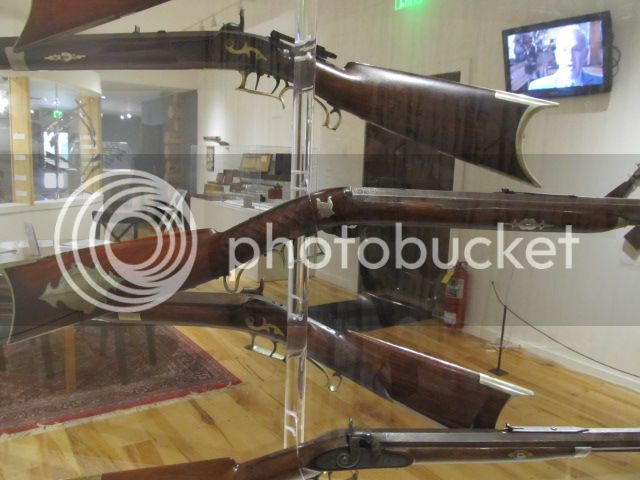I picked this up some time back and took it to my gunsmith to ensure it is workable. Turns out it did have an old ball stuck. Anyhow, he got it out and gave me his opinion as to the probable history of the rifle. He thought it was probably built in the St. Lewis area during the later trapper period-1830-1845. He was really impressed with the trigger guard.
I thought I might run it past the folks on the forum here, who seem to have unlimited knowledge. So any ideas as to age or history?
 [/img]
[/img]

 [/img]
[/img]
 [/img]
[/img]
 [/img]
[/img]
 [/img]
[/img]
 [/img]
[/img]
 [/img]
[/img]
I thought I might run it past the folks on the forum here, who seem to have unlimited knowledge. So any ideas as to age or history?













